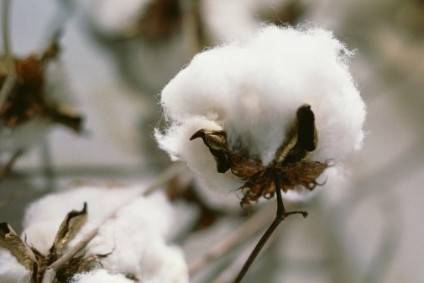
The US says it is now free of the pink bollworm pest after 100 years, which has cost the country’s producers tens of millions of dollars in yearly control costs and yield losses.
In a statement issued by the US Department of Agriculture (USDA), US Secretary of Agriculture Sonny Perdue says rigorous control and regulatory activities carried out by the USDA, state departments of agriculture, the US cotton industry, and growers have helped eliminate the pest from all cotton-producing areas in the continental US.

Discover B2B Marketing That Performs
Combine business intelligence and editorial excellence to reach engaged professionals across 36 leading media platforms.
As a result, USDA says it is lifting the domestic quarantine for pink bollworm, relieving restrictions on the domestic and international movement of US cotton.
“Removing pink bollworm regulations eases the movement of cotton to market both domestically and internationally because farmers will have fewer restrictions to deal with, like fumigation requirements,” said Perdue. “This welcome development comes just as cotton harvest is in full swing across the Southern United States.
“Cotton growers were critical to this success, banding together to carry out a coordinated, multi-state program and shouldering 80% of the programme’s cost. The coordinated effort demonstrates the value of partnership, investment, and putting our research close to and beside the farmers we serve.”
Pink bollworm was first detected in the US in Hearne, Texas, in 1917. Extensive efforts by the Cooperative Extension Service in coordination with individual producers eliminated the infestation in Texas and an infestation found in Louisiana in 1919. In the 1930’s, the pest re-invaded the Rio Grande Valley of Texas. By the mid-1950’s, the pest had spread to surrounding states and eventually reached California in 1963.

US Tariffs are shifting - will you react or anticipate?
Don’t let policy changes catch you off guard. Stay proactive with real-time data and expert analysis.
By GlobalDataIn 1955, USDA’s Animal and Plant Health Inspection Service (APHIS) established domestic pink bollworm regulations. At the height of the programme, ten states (Arizona, Arkansas, California, Louisiana, New Mexico, Oklahoma, Texas, Nevada, Mississippi, and Missouri) were quarantined for this pest. Many of these infestations were suppressed through cooperative federal, state and industry programs. By 2003, only Arizona, California, New Mexico, and Texas remained under regulation.
The United States is a world leader in cotton production and trade. According to industry estimates, the US cotton industry accounts for nearly US$27bn in products and services annually, provides hundreds of thousands of jobs across many sectors, and supplies nearly one-third of the raw cotton that is traded globally.





